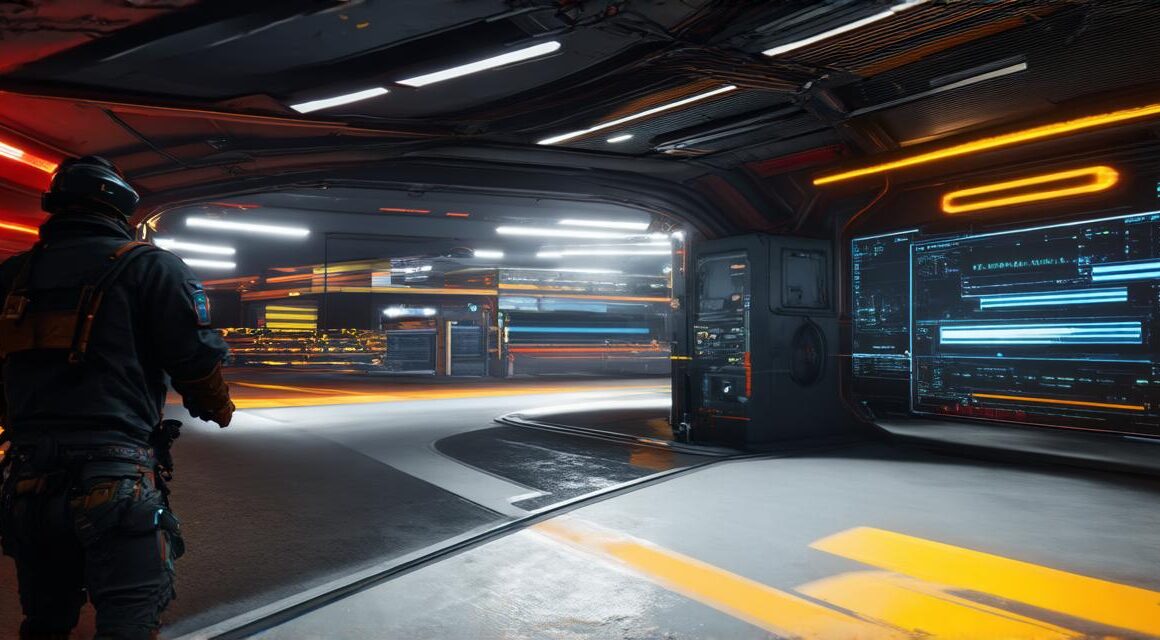If you’re an aspiring Unity game developer, you know how crucial it is to create engaging and immersive player movement experiences. Whether you’re developing a first-person shooter, platformer, or any other type of game, creating smooth and responsive player movement is essential for keeping players engaged and coming back for more. In this article, we’ll explore some best practices for creating player movement in Unity 3D, including tips for optimizing performance, improving control, and adding variety to your gameplay.
1. Understanding the basics of player movement
Before we dive into the specifics of creating player movement in Unity, it’s important to understand the fundamental principles involved. Player movement involves several key components, including:
- Navigation mesh: A 3D grid-like structure that allows players to move around the game world.
- Movement controllers: Devices that track the player’s movements and translate them into in-game actions.
- Animations: Visual representations of the player’s movements, such as running, jumping, or shooting.
- Input devices: Keyboards, controllers, or other devices used to control the player’s movement.
By understanding these components, you can create a solid foundation for your player movement system.
1. Optimizing player movement performance
One of the most important aspects of creating player movement in Unity is optimizing performance. This involves several key factors:
- Navigation mesh density: The density of the navigation mesh can greatly impact performance. A more dense mesh will result in smoother movement, but may also increase load times and decrease frame rates. By adjusting the density of your navigation mesh, you can find the right balance between performance and immersion.
- LOD (Level of Detail): By adjusting the level of detail for objects in your game world, you can reduce the number of polygons that need to be rendered, improving performance. For example, you could use lower-poly models for objects that are far away or not currently in focus.
- Culling: Culling involves hiding objects that are not visible to the player, reducing the amount of data that needs to be processed and improving performance. You can implement culling using Unity’s built-in culling tools or by writing custom scripts.
- Layer masking: By using layer masking, you can control which objects are visible to the player, further optimizing performance. For example, you could use layer masking to hide objects that are not relevant to the current gameplay scenario.
By considering these factors and implementing best practices for optimization, you can create a smooth and responsive player movement experience that runs seamlessly on a variety of devices.
1. Improving player control
In addition to optimizing performance, it’s also important to improve player control. This involves several key factors:
- Movement speed: The speed at which the player can move around the game world should be adjustable and customizable to suit different playstyles. For example, you could provide players with the option to increase or decrease their movement speed using a slider in the settings menu.
- Acceleration/deceleration: The rate at which the player can accelerate or decelerate should also be adjustable, allowing for a more natural and intuitive movement experience. For example, you could use a curve to smoothly accelerate or decelerate the player’s movement based on input from the controller.
- Jumping height: The height of the player’s jump should also be customizable to suit different playstyles. For example, you could provide players with the option to increase or decrease their jumping height using a slider in the settings menu.
- Camera control: The camera should be controllable by the player, allowing them to adjust the angle and position of the camera to better suit their needs. For example, you could provide players with the option to switch between a first-person and third-person perspective.
By implementing these controls, you can create a player movement system that is both intuitive and responsive, providing players with a truly immersive experience.
1. Adding variety to player movement
To keep players engaged and coming back for more, it’s important to add variety to your player movement system. This can be achieved through the use of:
- Unique animations: Animations can help to make player movements feel more realistic and engaging. For example, you could create unique animations for running, jumping, and shooting that are specific to your game world.
- Gravity manipulation: Gravity manipulation allows players to experience different gravitational effects, such as reduced gravity or increased gravity, adding variety to the player movement experience. For example, you could use gravity manipulation to create unique gameplay scenarios, such as zero-gravity environments or enhanced jumping abilities.
- Environmental interactions: Interacting with the environment can add depth and variety to the player movement experience. For example, you could allow players to climb walls, swing from vines, or ride on moving platforms.
By incorporating these elements into your player movement system, you can create a truly unique and engaging experience that keeps players coming back for more.



